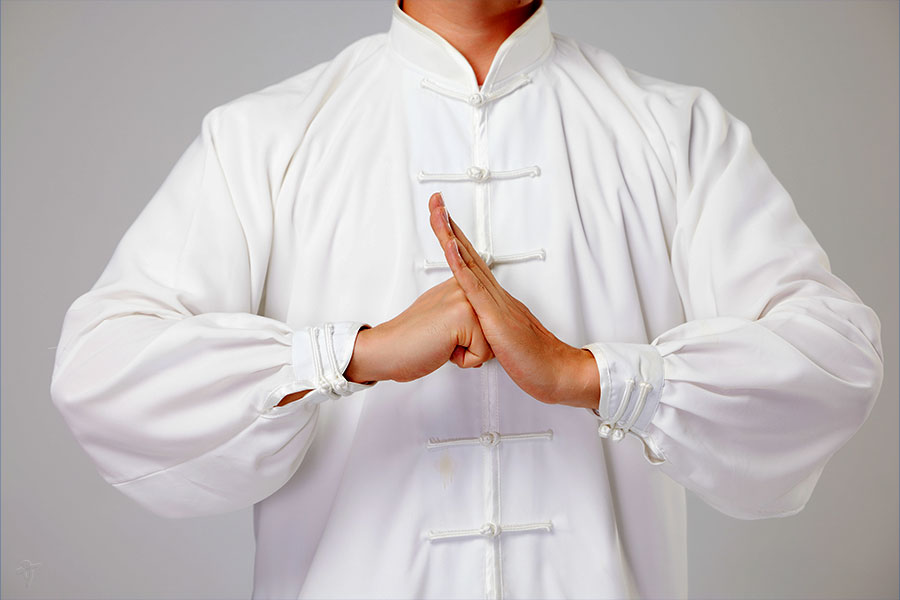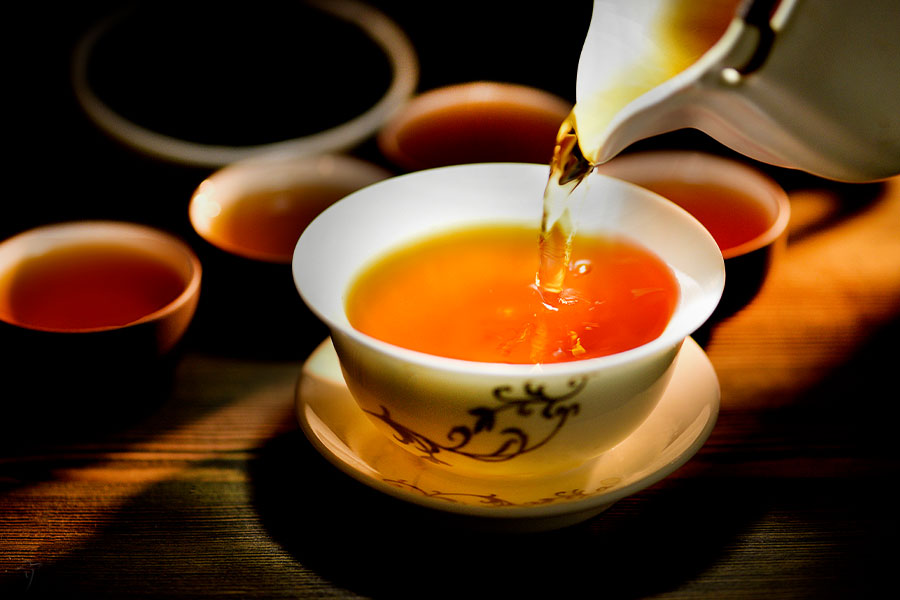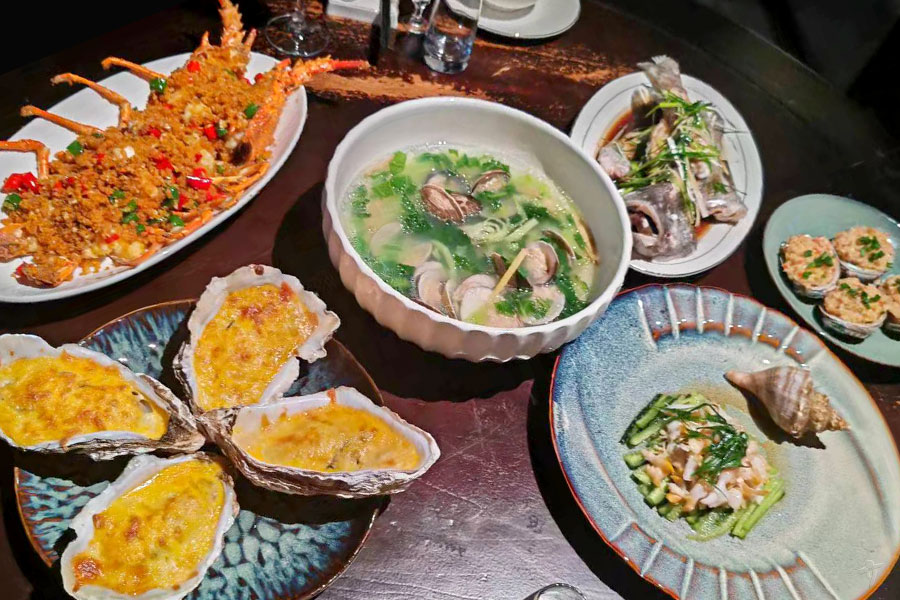1. History and Development of Chinese Kungfu

Deriving from productive activities of the ancient times, Kungfu sprouted its foundation as defense skills such as hewing and stabbing when hunting. On the other hand, more and more fighting experience took the original shape of Kungfu in frequent tribe wars of the ages of clan commune and slave society.
After the founding of Xia Dynasty (2070 BC–1600 BC), the first monarchy as well as the beginning of slave society in China history, the primitive Kungfu was pushed forward into a more practical and normalized way by successive wars to adapt actual combats. But Chinese Kungfu still did not develop into a system until the birth of Tai Chi in Shang (1600 BC–1046 BC) and Zhou (1046 BC–221 BC, including Eastern Zhou and Western Zhou) dynasties. Afterwards, Kungfu greeted its flourishing age in the feudal period, with wrestling, fencing and sword dance being popular in Qin (221 BC–207 BC) and Han (206 BC–25 AD, including Western Han and Eastern Han) dynasties. In Tang (618–907), specialized imperial exams of martial art were set, which made great of importance to further boost the development of Kungfu. When it was Song (960–1279, including Northern Song and Southern Song) and Yuan (1271–1368), various folk Kungfu associations sprang up like mushrooms. In the following Ming (1368–1644) and Qing (1644–1911), different styles of Kungfu stood in great numbers and a mainstream Kungfu system comprising Tai Chi (太极拳), Xingyi Boxing (形意拳), Eight Diagram Boxing (八卦拳), etc., formed.
Gradually Kungfu seeped into Chinese sports in modern times. In 1927 the previous Chinese National Martial Art Club was founded in Nanjing and Chinese Kungfu show officially came into the world’ eyes for the fist time at the Berlin Olympic Games in 1936. Then in 1999 the International Wushu Federation was officially admitted by IOC (International Olympic Committee), which symbolized Chinese Wushu would become an Olympic event and would be spread to more and more corners in the world.
Beyond that, it was many great Hollywood Kungfu movies acted by Bruce Lee that took the world by storm, which helped the words of "Chinese Kungfu", "Chinese Wushu" and "Chinese Wugong" turn up in many foreign dictionaries. Even to this day, Bruce Lee is still seen as the incarnation of Chinese Kungfu.
Far and wide known as Kungfu (功夫) all over the world, Chinese martial art is also called Wugong (武功) or Wushu (武术) at home by Chinese people. It can be seen as an art of attack and defense in which a series of skills and trick are highly emphasized.
Being a characteristic martial culture, Kungfu agglomerates the Confucius, Taoist and Buddhist theories of keeping one’s mind in equanimity and nourishing one's vital spirit, while vigorousness permeates the soft theory simultaneously, with ancient Chinese transcendents’ insights of life and the universe.
Having been developing for thousands of years, not only is Kungfu simply a kind of martial art but also it has become a precious cultural treasure, a way of body building as well as sport fashion. Made up of various styles, Kungfu always charms its fans with its ever-changing and challengeable skills, from all kind of Kungfu shows to Chinese Kungfu films.
Related Readings
Top Topics

Chinese Kung Fu
Far and wide known as Kungfu (功夫) all over the world, Chinese martial art is also called Wugong (武功) or Wushu (武术) at home by Chinese people. It ca...

Chinese Tea
Being a vivid Chinese cultural specialty as well as Kungfu and traditional Chinese medicine, Chinese tea has been being developed in China for a lo...

Chinese Cuisine
"Food is the first necessity of the people" is a famous Chinese old saying, which reflects that Chinese have had paid much attention to food si...




